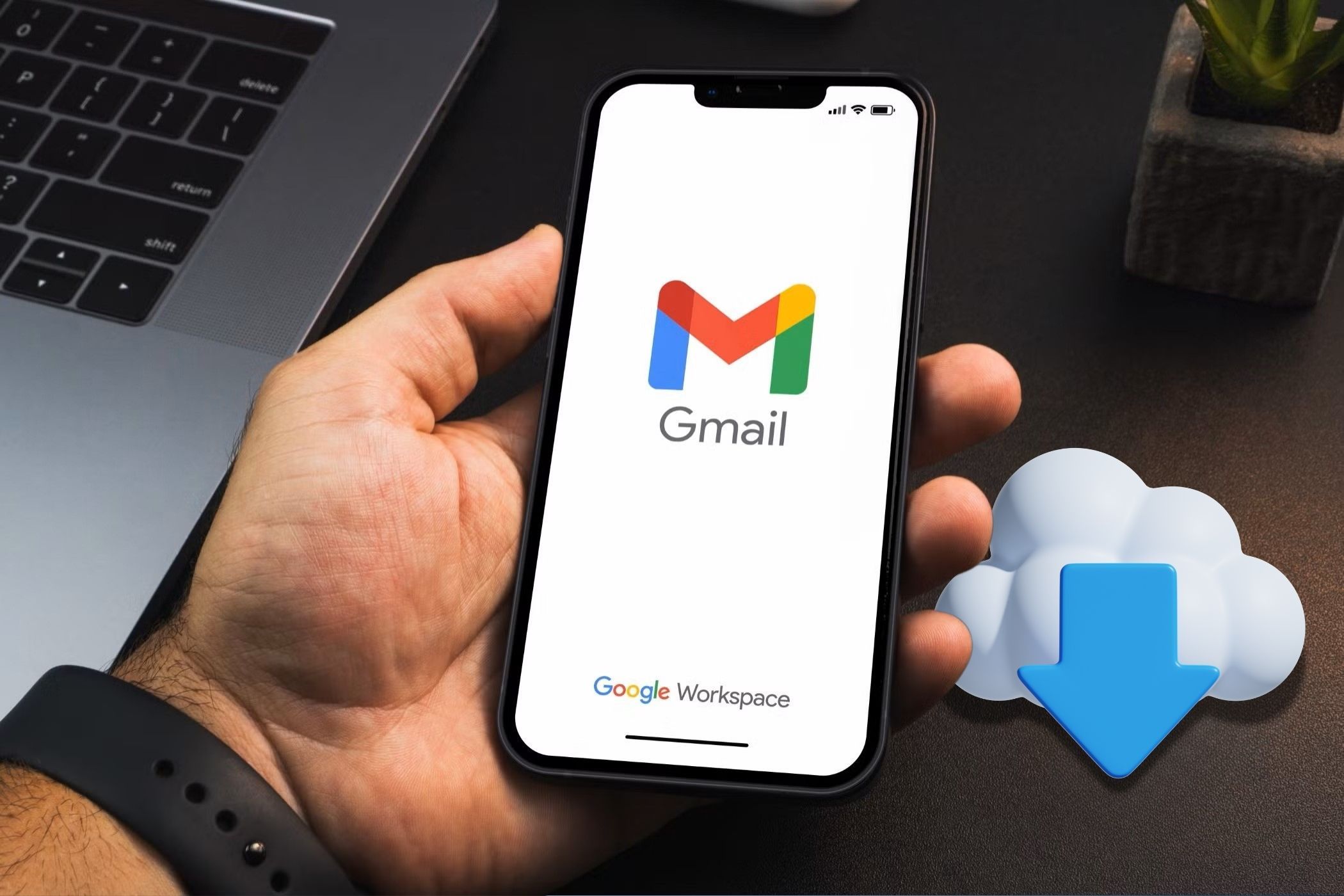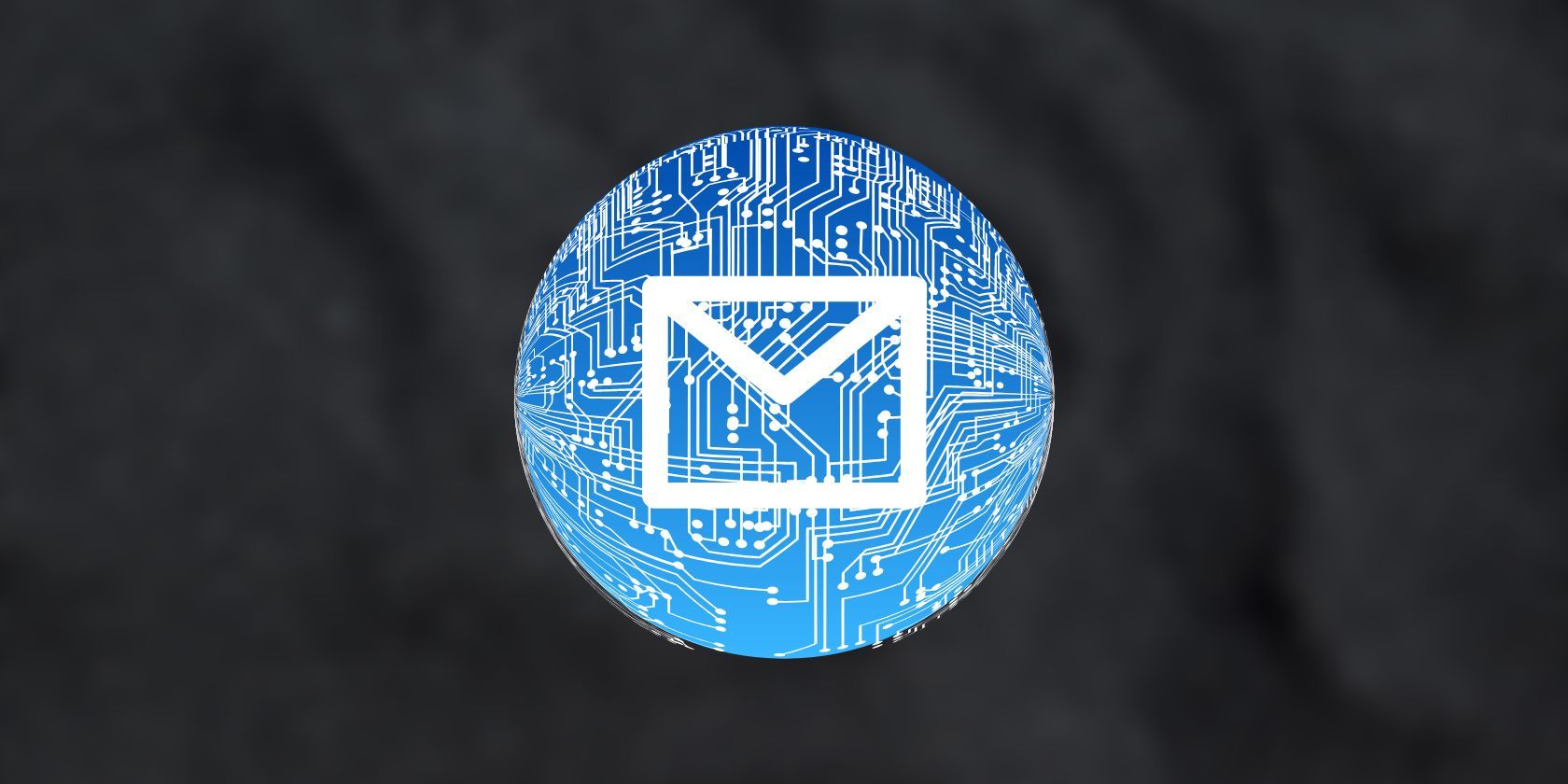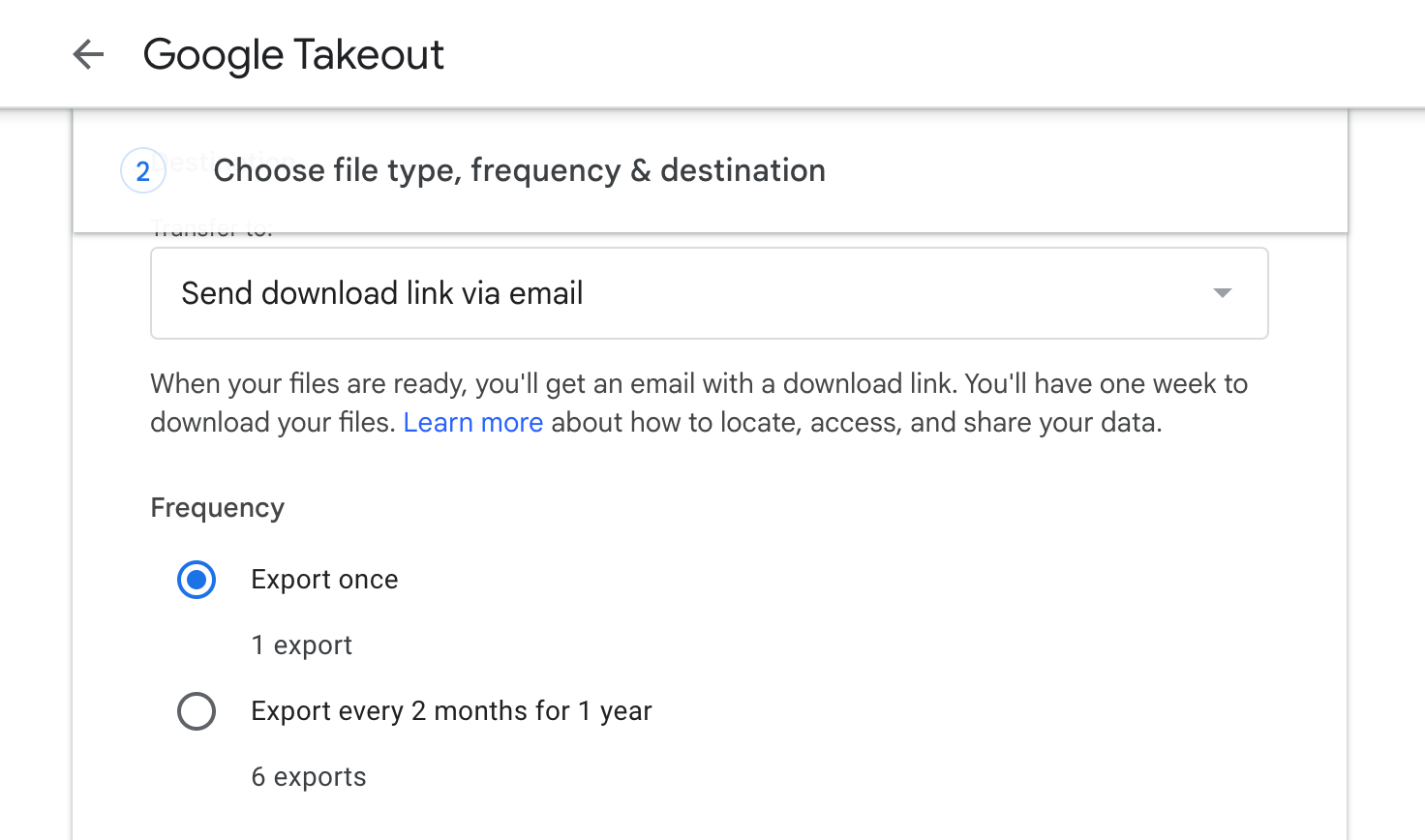I began backing up my emails after an accidental deletion scare. Unfortunately, though, I made a lot of mistakes along the way. If you’re backing up emails the lazy way—or not at all—these mistakes might come back to haunt you.
5
Waiting Too Long Between Backups
It’s easy to assume that your emails are safe in your inbox and put off that backup for longer than you should. But things could go wrong in the meantime. You might get locked out of your Google account, for instance, or accidentally delete one or more emails and attachments. In fact, I used to think I could get away with doing monthly backups until I lost a whole thread of important emails.
Fortunately, it’s easy to make a habit of backing up your emails daily or even weekly. The steps to perform a backup will vary based on your email provider. However, for Gmail, which is one of the most popular email providers, you can use Google Takeout to export your data. You can then store the data on an external hard drive, cloud service, or another similar location that’s easily accessible to you.
4
Only Backing Up Select Folders
It might seem like a good idea to only back up select emails or emails within a particular folder, but this can sometimes backfire. Important details can be lost within emails in places you wouldn’t think of backing up, like the Promotions or Sent Folder. I learned this the hard way, and I now back up everything.
Of course, only you can decide what’s worth backing up. But a rule I like to follow is to back up important data twice (once in the cloud and once locally), while the not-so-important stuff gets backed up just once. You can also choose to back up all your larger files twice since they’re often the most difficult to recover if lost. Attachments like contracts and multipage documents, in particular, should be prioritized so you always have access to them.

Related
How to Download Your Gmail MBOX Data and What to Do With It
Backup, migrate, or archive—MBOX makes it easy.
3
Not Testing If Your Backups Restore
When I first started backing up my data, I didn’t realize my files were exporting incorrectly. I assumed I had the files downloaded and that they were ready to be backed up into my storage location. I only realized something was wrong when I tried to restore some of those emails.
Fortunately, I caught this mistake fairly early and didn’t lose anything too critical. So, if you’re just starting to back up your emails, make sure you check if you’re able to restore the data from time to time. Open the contents of your backup files and check that everything loads correctly and that you’re able to access all your data.
2
Counting on a Single Backup Location
Relying on a single backup method is a recipe for disaster. Think about it: what would you do if your backups were all stored on your laptop and that laptop suddenly crashed or got lost? That’s the kind of situation you don’t want to find yourself in, especially when you really have to retrieve an old email.
Even the most secure storage locations can fail. Hard drives can get corrupted, while cloud services can be hacked into, for instance. That’s why it’s best to have your backups in at least a couple of different places. Ideally, you want one to be a physical location and the other to be a cloud service. While this is what I personally do, you can also adopt the 3-2-1 rule, which essentially means:
- You create three copies of all critical emails and attachments on a regular basis.
- You choose two types of storage locations to minimize the chances of data loss due to hardware failure or any account/connectivity issues.
- Finally, one copy of your data should be sent to an offsite physical location.
1
Leaving Your Backups Unencrypted
Any type of data you back up should be encrypted to protect against unauthorized access. I like to keep things simple, so I didn’t encrypt my email backups for the longest time. But if you’re dealing with sensitive information, this isn’t something you should put off. It might seem like an unnecessary step, but it can go a long way in protecting your data if someone tries to access your files.
If you decide to encrypt the data, be sure to store the encryption keys somewhere safe and separate from the backup so you don’t lose it. Keep in mind that without the keys, your data is as good as lost.

Related
4 Reasons to Use an Encrypted Email Service
Most of the world has an Outlook or Gmail address, but you should favor lesser-known services that use strong encryption instead. Here’s why.
I used to think I never had to back up my emails because they were safe in my inbox, and I didn’t want to complicate things for myself. It was only once I started backing up my emails that I realized it was actually not all that hard. The peace of mind that came from knowing I could access any email or attachment at any time was well worth the effort. If you’ve been putting off backing up your emails, or any other data, for that matter, familiarize yourself with backup tips that you can set up quickly to help you stay on course.









Leave a Comment
Your email address will not be published. Required fields are marked *